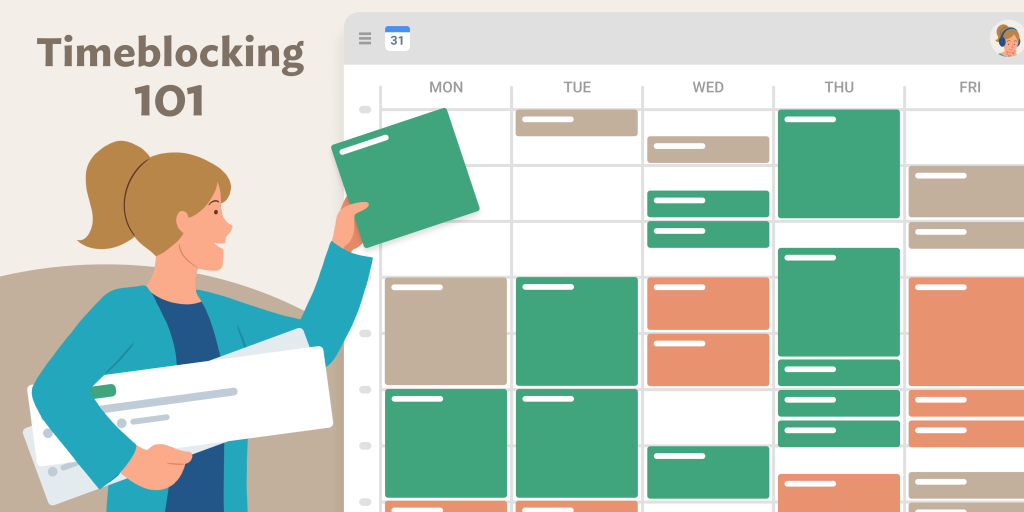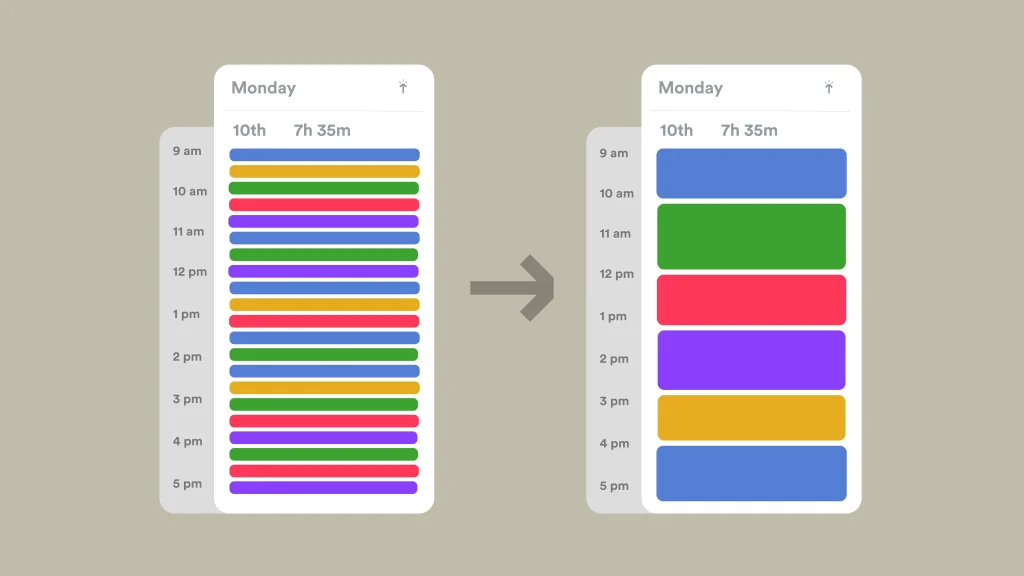In a world full of distractions, managing time effectively has become one of the most valuable skills. Whether you’re a student, a professional, or an entrepreneur, staying focused and productive can feel like an uphill battle. Enter the time-blocking method—a simple yet powerful productivity technique that can transform the way you organize your day. If you’re new to time-blocking, this beginner’s guide will walk you through what it is, why it works, and how to start using it effectively.
What is Time-Blocking?

Time-blocking is a time management strategy where you divide your day into distinct blocks of time, each dedicated to a specific task or group of tasks. Unlike traditional to-do lists, which only outline what needs to be done, time-blocking tells you when to do it.
For example, instead of writing “Work on blog post” on your to-do list, you might schedule 9:00 AM – 11:00 AM as a dedicated block to focus solely on that task. By assigning a fixed timeframe to each activity, you create a clear structure that helps reduce procrastination and multitasking.
Why Time-Blocking Works
The effectiveness of time-blocking lies in its ability to enforce focus. Here are a few key reasons why it works:
- Reduces Decision Fatigue: By planning your day in advance, you eliminate the constant mental effort of deciding what to do next.
- Minimizes Multitasking: When you dedicate a block to a single task, you’re less likely to switch between tasks, which improves concentration and efficiency.
- Enhances Productivity: Knowing you have a set timeframe for each task encourages you to work more efficiently and meet deadlines.
- Provides a Visual Schedule: Time-blocking gives you a clear picture of how your day is structured, helping you balance work, rest, and personal activities.
How to Get Started with Time-Blocking

Starting with time-blocking is easier than it sounds. Here’s a step-by-step guide to help beginners implement this method:
1. Identify Your Tasks
Begin by listing all the tasks you need to complete in a day or week. Include both professional and personal activities. Don’t forget routine tasks like checking emails or exercising.
2. Estimate Time for Each Task
Next, estimate how long each task will take. Be realistic—overestimating can lead to wasted time, while underestimating may cause stress and unfinished work. For beginners, adding a 15-30 minute buffer is recommended to account for unexpected interruptions.
3. Create Time Blocks
Using your list, assign specific blocks of time for each task. For example:
- 8:00 AM – 9:00 AM: Morning routine & breakfast
- 9:00 AM – 11:00 AM: Work on project A
- 11:00 AM – 11:15 AM: Short break
- 11:15 AM – 12:30 PM: Emails and administrative tasks
- 12:30 PM – 1:30 PM: Lunch
- 1:30 PM – 3:00 PM: Work on project B
- 3:00 PM – 3:15 PM: Break
- 3:15 PM – 5:00 PM: Meetings & collaboration
You can use digital calendars like Google Calendar or Outlook to create these blocks or stick to a paper planner if you prefer. Color-coding different types of tasks can help visually organize your day.
4. Prioritize and Adjust
Not all tasks are equally important. Apply the Eisenhower Matrix to prioritize urgent and important tasks first. Remember, flexibility is key—sometimes tasks take longer than expected or urgent matters arise. Adjust your blocks as needed, but try to stick to the schedule as closely as possible.
5. Include Breaks and Rest
Productivity doesn’t mean working non-stop. Schedule short breaks between blocks to recharge and prevent burnout. Techniques like the Pomodoro method—working for 25 minutes followed by a 5-minute break—can be combined with time-blocking for maximum efficiency.
Tips for Success
- Start Small: Don’t over-schedule your day. Begin with 3-4 major blocks and gradually expand as you get comfortable.
- Batch Similar Tasks: Group similar tasks together to maintain focus. For example, respond to all emails in one block instead of sporadically throughout the day.
- Review and Reflect: At the end of the day, review what worked and what didn’t. Adjust your next day’s schedule accordingly.
- Protect Your Time: Treat your blocks like appointments. Avoid interruptions during your dedicated work periods.
Conclusion
Time-blocking is more than just a scheduling tool—it’s a mindset that helps you reclaim control over your day. By assigning specific time periods to each task, you can minimize distractions, boost focus, and achieve a better work-life balance. For beginners, the key is to start small, stay flexible, and gradually refine your schedule. With consistent practice, time-blocking can turn your scattered day into a structured, productive, and fulfilling experience.
Embrace the method, block your time, and watch your productivity soar.


More Stories